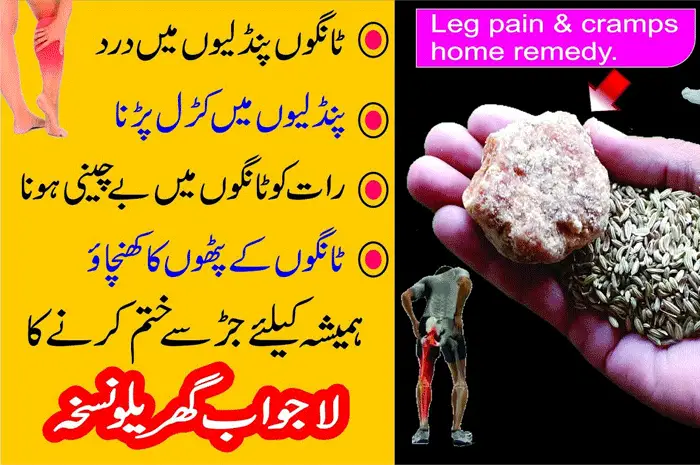
Joint pain is a common problem that can be triggered by various factors like injuries, aging, and even seasonal changes. While many associate joint discomforts with older people or athletes, the winter season can bring about unique challenges that exacerbate this issue for a broader demographic.
Rheumatoid arthritis (RA) is a chronic autoimmune disease that causes inflammation of the joints, leading to pain, swelling, and stiffness. It can also affect other parts of the body like skin, eyes, lungs, and heart. The exact cause of RA is unknown, but it is thought to be caused by a combination of genetic and environmental factors.
Rheumatoid Arthritis and Joint Pain Causes and Treatment

People with a family history of RA are more likely to develop the disease. Smoking, exposure to certain chemicals, and infections may also play a role.



Causes of Joint Pain:
The chilly temperatures of winter emerge as a leading cause of joint pain. Cold weather can induce muscle spasms, intensifying joint stiffness. Additionally, the body’s pain receptors become more sensitive during winter, amplifying the overall agony experienced. Reduced exposure to sunlight in winter may lead to a decline in vitamin D levels, adversely affecting bones and joints. Furthermore, the risk of frostbite can diminish blood flow to extremities, causing tissues to expand and strain joints.
The root causes of joint pain are diverse and can be categorized into two main groups:
Mechanical Causes: These involve physical damage or wear and tear of joint structures, such as cartilage, ligaments, and tendons. Common mechanical causes include osteoarthritis, rheumatoid arthritis, and injuries resulting from sports, accidents, or repetitive movements.
Inflammatory Causes: These involve inflammation of the joint tissues, leading to pain, swelling, and stiffness. Common inflammatory causes include gout, pseudogout, and bursitis.
The Role of Lubrication in Joint Health
Imagine your joints as a well-oiled machine – smooth, efficient, and pain-free. Joint lubrication is essential for maintaining this optimal function. Synovial fluid, a thick liquid within the joint capsule, acts as the body’s natural lubricant. It not only reduces friction between bones but also nourishes the cartilage, promoting flexibility and ease of movement.
As we age, the production of synovial fluid decreases, leading to increased joint friction and, subsequently, pain. Ensuring proper joint lubrication becomes crucial to counteract this natural decline and alleviate discomfort.
Home Remedies:
Many home remedies can help to relieve joint pain. Some of the most common and easy home remedies are:
Regular Exercise:
In cold weather, the inclination to stay indoors may be strong, but regular exercise remains vital. Engaging in low-impact activities, even in the comfort of your home, promotes joint health and flexibility.
Indoor Warmth:
Creating a warm indoor environment is essential for joint comfort during winter. Address any drafts in your home, and maintain a comfortable temperature. However, it’s advisable to use heating pads and hot water bottles cautiously, following both manufacturer instructions and medical advice.
Omega-3-Rich Diet:
Omega-3 fatty acids are known for their anti-inflammatory properties. Including foods rich in omega-3 like salmon, walnuts, flaxseeds, and avocados, can help prevent joint stiffness and reduce inflammation.
Balanced Nutrition:
A well-balanced diet, comprising lean proteins, increased fiber, and low saturated fats, contributes to overall body function. Staying hydrated is crucial, and consuming easily digestible foods like vegetables, especially those with diuretic properties, aids in waste removal from the body.
Massage Therapy:
Joint pain often involves both the joint and surrounding muscles. Studies suggest that regular massages can significantly reduce discomfort. Consider incorporating a weekly hour-long massage into your routine for effective relief.
Hydration:
While staying hydrated is essential year-round, it becomes especially crucial during the winter months. Dry winter air can lead to fatigue and dehydration. Aim for at least 8 glasses of water daily, adjusting your intake based on physical activity levels.
Rheumatoid Arthritis and Joint pain is a common problems that can affect people of all ages. There are many different causes of joint pain, but there are also several home remedies that can help to relieve pain. If you are suffering joint pain that is severe or that does not improve with home treatment then it is important to see a doctor immediately.
Important FAQs:
Can weather affect joint pain, or is it just a myth
Answer: Yes, weather can indeed affect joint pain, and it’s not a myth. Cold temperatures, especially during winter, can lead to muscle spasms and increased joint stiffness. Additionally, the body’s pain receptors may become more sensitive in colder weather, intensifying overall discomfort. Reduced exposure to sunlight in winter can also contribute to lower vitamin D levels, adversely affecting bones and joints.
How does rheumatoid arthritis differ from osteoarthritis?
Answer: Rheumatoid arthritis (RA) and osteoarthritis are distinct conditions. RA is an autoimmune disease that causes inflammation of the joints, leading to pain, swelling, and stiffness. It can affect various parts of the body. Osteoarthritis, on the other hand, is a degenerative joint disease caused by the breakdown of cartilage, typically associated with aging, injury, or mechanical stress. While both involve joint pain, they have different causes and mechanisms.
Can joint pain be hereditary?
Answer: Yes, there is a genetic component to joint pain. People with a family history of conditions like rheumatoid arthritis may have a higher likelihood of developing joint-related issues. Genetic factors can influence the susceptibility to certain joint diseases.






